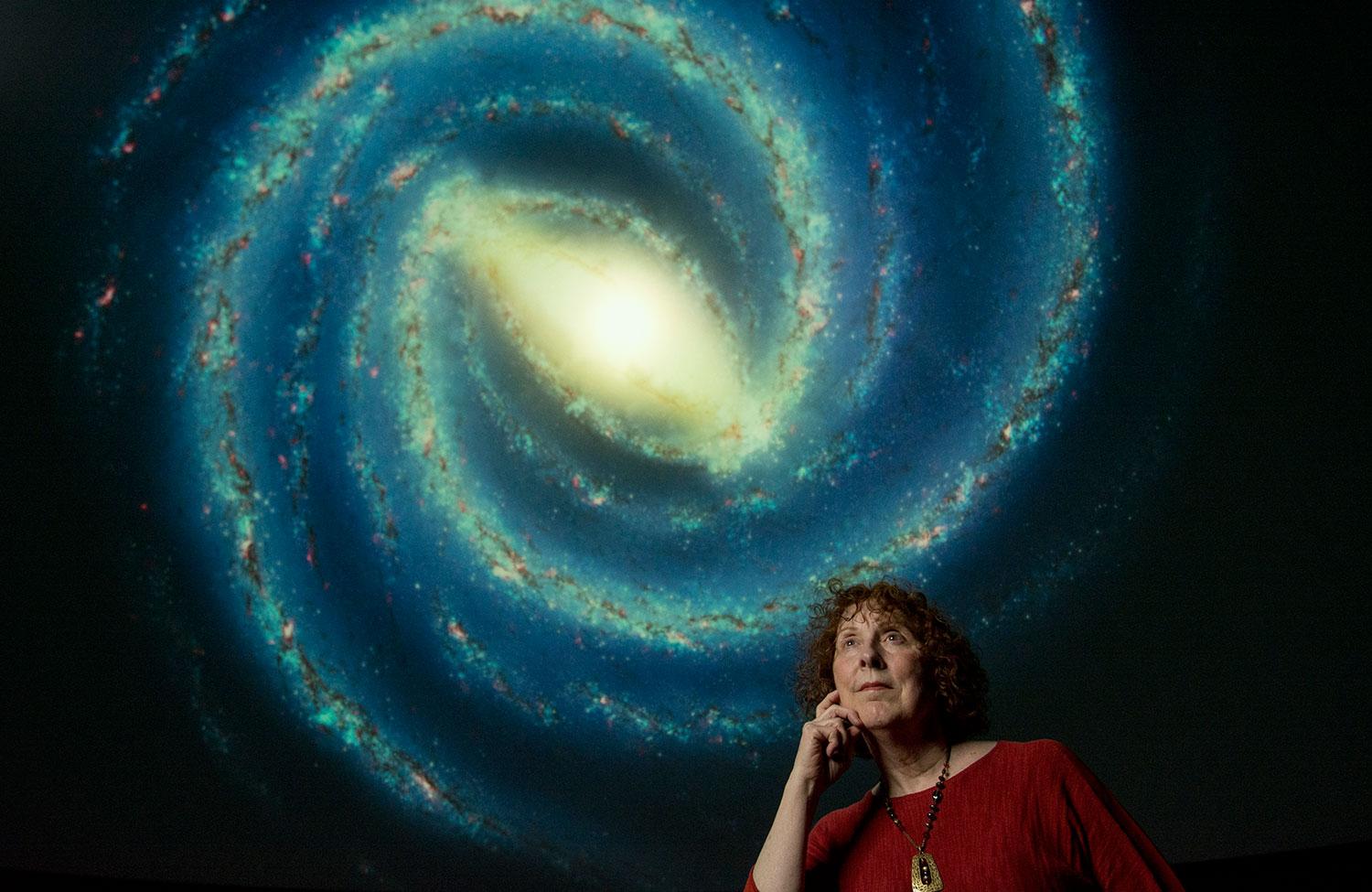
Inquiry: Carol Cleland

NASA’s philosopher
CU-Boulder philosopher Carol Cleland is helping NASA rethink what life is.
You’re a philosopher. How did you get involved in NASA?
In the mid-1990s I was asked to participate in a panel discussion at CU on whether the controversial Allan Hills meteorite contained fossilized Martian microbes. Scientists on the panel found what I had to say interesting and invited me to join them in applying for a NASA astrobiology grant. I’ve been involved with astrobiology ever since!
Why do we need to reconsider what life is? Haven’t biologists already done that?
Biologists only know of one type of life — life as we know it on Earth today. The question is whether, and in what ways, Earth life is representative of all life in the universe. But how could we possibly answer this question given our limited experience with life? People try to settle this issue by giving a fixed definition of life, which means that anything that does not satisfy their definition won’t qualify as a living thing. If you look for life on Mars with a definition that’s too tightly based on Earth life, you’re likely to ignore systems that could be examples of really weird life.
What do you bring to the discussion?
I’m outside looking in. I’m not part of the scientific community, so I can look at what scientists are saying and doing with fresher eyes. I don’t engage in wild speculations, but do ferret out and analyze assumptions that they may not have noticed. A good illustration is the assumption that all life on Earth today has a single origin. Another example is the assumption that life can be defined, and moreover that we need to define life in order to successfully search for it on other worlds. The problem with unexamined assumptions is that they can blind researchers to the significance of what they are observing.
What’s an example of a shadow biosphere, a term you coined in 2003 to describe a hypothetical biosphere on Earth whose biology differs from known life?
We don’t have one yet. But there are some intriguing possibilities. Desert varnish, the dark streaks found on canyon walls in the [American] Southwest, is a good candidate. Some process is extracting iron and manganese oxide from the environment and concentrating it in chemically and structurally distinctive dark coatings on canyon walls. Nobody knows how a natural, non-biological process could do that.
How open are biologists to your shadow biosphere?
A few microbiologists have become quite sympathetic. It’s not just pie-in-the-sky speculation. Given our current understanding of the biochemistry of life and the origins of life, it is hard to argue that such organisms couldn’t exist. But it is still a very controversial subject.
Is there alien microbial life on Earth?
We don’t know. There are some suggestive anomalies, such as desert varnish. The problem is that nobody is looking for alien microbes on Earth because they assume that all life on Earth is our form of life. A dedicated search for such microorganisms would require the development of special methods for looking for it.
What have you been thinking about lately?
Here’s an exotic scenario. If you look at large multicellular creatures like us from a microbial perspective, you might ask whether our bodies are just highly specialized, complex microbial communities. Maybe our bodies evolved as a kind of space suit for protecting the enormous numbers and varieties of microbes found within us from a hostile, ever-changing natural environment.
Condensed and edited. Photography by Glenn Asakawa

